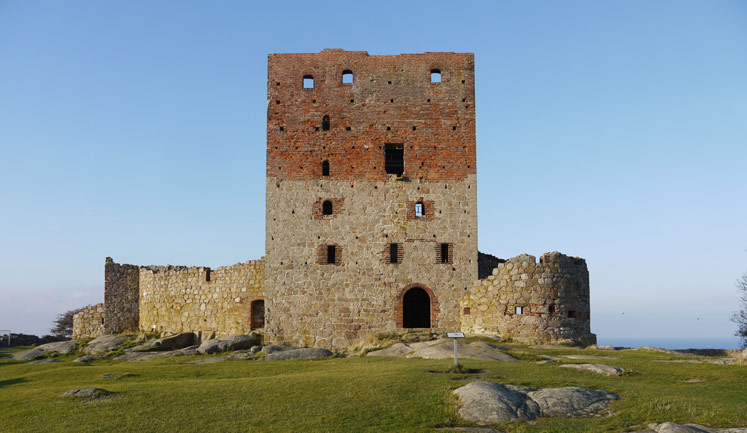Hi to all fellow members,
I have just started a new campaign in the snowy land of Scandinavian very close to the Novgorord Tribunal which is our main Tribunal. Our young Magi live in a fishing village overlooking the Baltic Sea. Now I am exposing my first two problems hoping in your help!
-
I am not aware of the major medieval techniques of construction and I cannot figure how Magi can build and expand their Covenant. For example timber is a very available resource but I suppose the same cannot be said for stone. So is a typical fisherman/Covenfolk able to extract the stone and where can he extract? In Mythic Pound how many pounds could cost the entire work of extraction, transport and construction? And again, there is a core AM book that explains the time required to construct a building? From an historical point of view there is the possibility that some neighbor bother himself seeing his "magical neighbor" build a lot of stone construction like towers, walls and so on? If the Magi do not own the land they live on, have they to ask the permission to build to the right noble owner?
-
some questions about Survival Skill and obstacles like cold and all others related hazards. No player in completing the wizard's sheet has given special attention to this Skill and all players have a score not exceeding 2 (!!!) Now with such a low score are they able to make long travel in snowy land, camping or hunt for food and what dangers may they face (and with wich ease factor?)
I hope I was able to describe all my requests and I apologize if in a bad English that I have to study and practice more 

 , and
, and  .
.